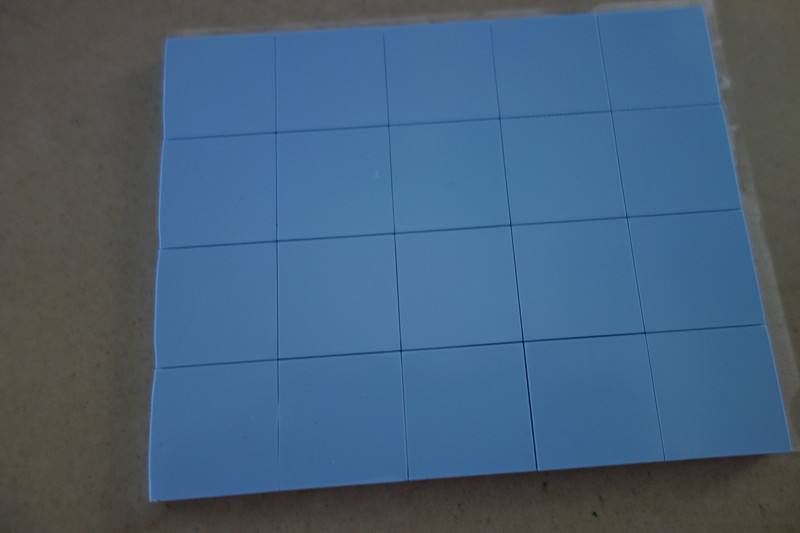Cell phone:13600151511 (Manager Gao)
Cell phone:15813720327(Director Chen)
Phone:+86 0755 29832951
Office Address:East of 201, No. 20-5, Jixiang 1st Road, Pingxi Community, Pingdi Street, Longgang District, Shenzhen
Factory Address:No.2,Fudong 4th Road,Dong'ao Village,Shatian Town,Huiyang District,Huizhou City,Guangdong Province,China
The 5G era will see a huge increase in the amount of data transmission. This will make the risk of overheating of smart products continue to rise. Global cell phone manufacturers are having headaches for this. Huawei's rotating CEO Mr. Xu Zhijun has said, "Just from the chip power consumption, 5G is 2.5 times that of 4G." This means that thermal conductivity and heat dissipation will be a huge challenge!

Take 5G cell phones: many industry insiders said that the current cell phone heat dissipation is still based on conduction, a large number of heat will eventually be conducted to the back shell. But the back case can "send" away very little heat, basically rely on air convection heat dissipation. Under heavy use conditions, if the back case can not effectively active heat dissipation, the phone working temperature will continue to rise. After reaching a certain temperature, the CPU will automatically downconvert to protect the phone. In this way, it is obviously contradictory to the consumer's demand for high-speed operation of the phone again. Moreover, the continuous high temperature will also cause irreversible damage to the CPU.
So, in this regard, what are the proven thermal conductivity and heat dissipation solutions? The mainstream heat dissipation technologies on the market today contain graphite heat dissipation, metal case heat dissipation, heat pipe heat dissipation, thermal conductive silicone film/thermal gasket heat dissipation, thermal gel heat dissipation, etc. Many technologies do not exist singularly, almost a combination of centralized cooling technology to function together.

As far as development is concerned, the superior performance of thermally conductive silicone film is undoubtedly the best choice for heat dissipation.
* The range of thermal conductivity and stability
*The structure of the process difference bridging, reduce the heat sink and heat dissipation structural parts of the process difference requirements
*Insulation performance
*Sound damping and absorption effect
*Easy installation, testing, and reusability
As a thermal conductive silicone film manufacturer, research and development of silicone film more in line with the heat dissipation of 5G products is the most urgent priority at present, and only then can we catch up with the pace of the times.

- Website Home - About Us
- News - Product Show
- Honors and Qualifications - Production strength
- Case Studies - Online Message
- Contact Us
Contact Method:13600151511
Mailbox:gaowenjie@keshihua.com
Office Address:East of 201, No. 20-5, Jixiang 1st Road, Pingxi Community, Pingdi Street, Longgang District, Shenzhen
Factory Address:No.2 Fudong 4 Road, Dong'ao Village, Shatian Town, Huiyang District, Huizhou City, Guangdong Province

Follow us
